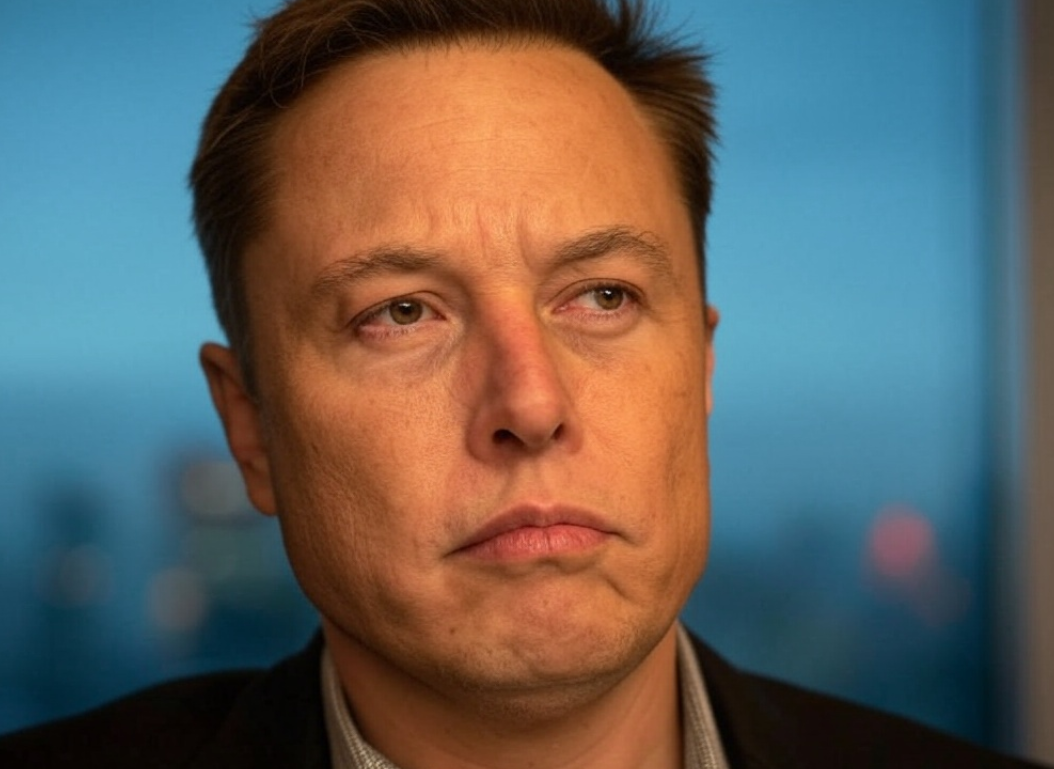
The world is witnessing a significant wave of protests against Elon Musk and his increasing involvement in the political landscape of the United States. Recent developments have triggered massive demonstrations across multiple countries, affecting not just Musk’s reputation but also his business empire, particularly Tesla.
The Root of the Controversy
Ever since Donald Trump began his second term as the U.S. President in January 2025, several policy changes have impacted global markets. One of the key developments has been the role of Elon Musk as a senior advisor to the President under the Department of Government Efficiency (DOGE). The primary objective of this department is to reduce government spending by implementing cost-cutting measures. Musk had set an ambitious target to cut $1 trillion from government expenses, which accounts for approximately 15% of annual spending.
To achieve this, Musk proposed aggressive cost-cutting measures, including renegotiating contracts, selling government assets, and most controversially, workforce reductions. The last measure led to a massive public backlash, as thousands of government employees lost their jobs, causing significant unrest within the American workforce.
Massive Protests Erupt Worldwide
As a response to the job cuts, large-scale protests erupted not only in the United States but also across Europe, Australia, and other parts of the world. Protesters raised three primary demands:
- Boycott Tesla – Urging people not to buy Tesla vehicles.
- Dump Tesla Stocks – Encouraging investors to sell their Tesla shares.
- Join the "Tesla Take-Down Movement" – A global campaign against Musk’s businesses.
Many demonstrators carried banners reading “We did not vote for Elon Musk” and “Save democracy, boycott Tesla”. The protests escalated to such an extent that Tesla dealerships were heavily impacted. In some extreme cases, Tesla cars were set on fire as a sign of protest.
Market Impact and Musk’s Response
Tesla's business has taken a severe hit due to these protests. Showrooms worldwide have reported reduced footfall, and potential investors are now skeptical about partnering with Tesla. The company’s stock performance has also been affected, with shareholders reconsidering their positions due to Musk’s political entanglements.
In response, Musk has claimed that opposition parties and figures like George Soros are financially backing these protests to undermine his position. He believes that these movements are not entirely organic but rather politically motivated attacks.
Musk’s Future Plans and Potential Exit from DOGE
Acknowledging the growing pressure, Musk has hinted that he might step down from his role at DOGE once his financial targets are met. He has suggested that by the end of May 2025, his objectives will be completed, and he will quit his position to refocus on his businesses.
This decision comes amid rising concerns from Tesla shareholders, who believe Musk is too distracted by politics and is neglecting the company’s core operations. Chinese EV competitors like BYD are already gaining market share, and Musk’s political involvement has only worsened Tesla’s market position.
With the protests still ongoing, the future remains uncertain for Musk and Tesla. As global opposition grows, it will be interesting to see whether Musk can navigate these challenges or if he will have to take a step back from politics altogether. Investors, analysts, and the general public are now keenly watching how the markets react when the U.S. stock market opens on Monday.
One thing is certain—Elon Musk’s political and business decisions are shaping global financial landscapes, and any move he makes will have far-reaching consequences. For now, the market remains on edge, awaiting further developments in this high-stakes drama.




